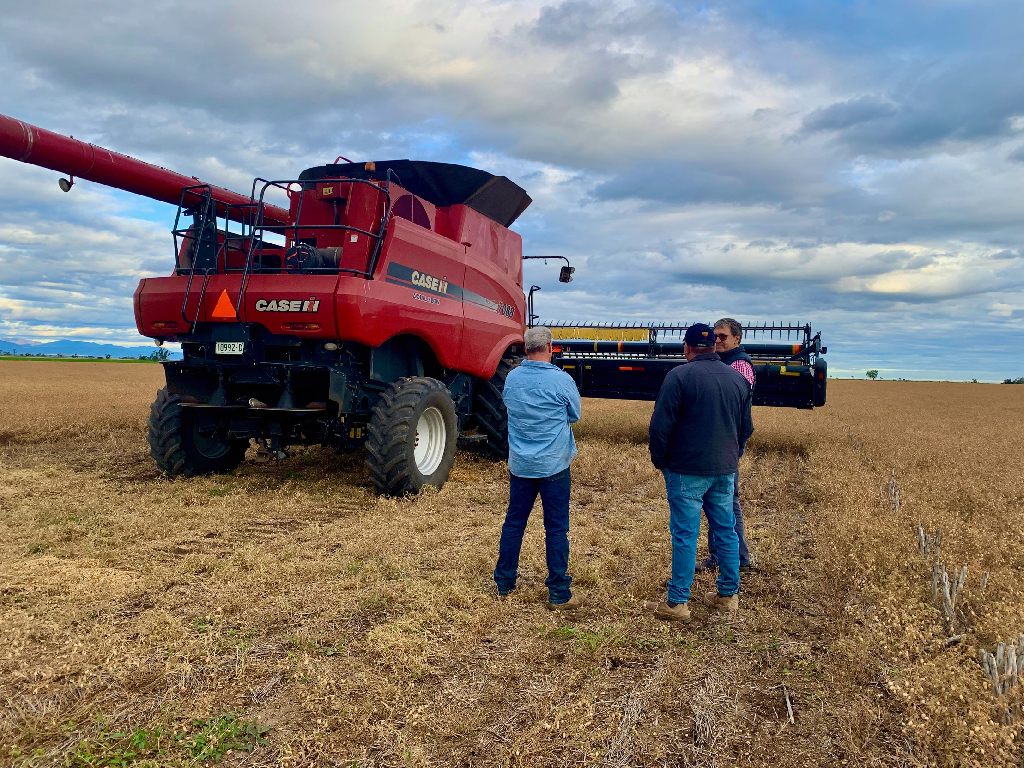Succession planning for the family farm

There are many issues to navigate when planning how (or whether) the family farm may be successfully passed on to the next generation. At Rural Property NSW we are often asked to assist with the longterm plan and there is much to consider!
1: Complexity
As writer and theologian, GK Chesterton once said, “You can’t have the family farm without the family.”
A family farm is a legacy passed down from generation to generation. It comprises not just the land, crops and livestock; but the family’s skills, knowledge, history, hope and character. Most of the family heritage is passed down to younger minds and hearts over decades, but passing the physical farm to the next generation requires planning because it can be very complex.
The retiring generation will have certain needs and desires, as will the children and their partners who are taking over the farm; and then there may be children and their partners who do not plan to be involved in the farm. Grandchildren may also need to be considered.
Different family members may have different ideas about the direction for the farm or even whether parts or all of the farm should be sold. Andrew Beattie of ProAdvice advises that people matter most, so it is best to lay the ground rules for decision making starting with needs and goals.
2: Time
The need for succession planning can quickly sneak up on the retiring generation while busy with daily tasks. The average age of Australian farmers has increased by about ten years over the past two decades to 59, which is 20 years older than most other industries. Livestock farmers are even older on average - 62 for sheep farmers and 64 for beef farmers. 50% of farmers are expected to retire within the next 15 years.
Planning requires a long lead time because it typically involves communicating with the entire family, whether all together or individual at a time. It also involves engaging the necessary professionals to assist you, such as a solicitor, accountant, financial consultant, succession facilitator and/or rural property specialist.
To mix a few metaphors, succession planning may seem like a tough row to hoe, but rather than burying your head in the sand, it may be better to address the elephant in the room by biting the bullet and starting to plan early. You will then have adequate time to properly consider your plans with a suitable balance of certainty and flexibility.
Andrew Beattie also suggests giving sufficient attention to the “What ifs”; all the D words : death, divorce, disagreement, disability. He also says that formal agreements, such as a deed of family arrangements, are vital to protect the future income and interests of the retiring and future generations of landholders. If there are unresolved issues, productivity drops by an average of 20%.
3: Fewer and larger farms
The number of farms in Australia has been rapidly decreasing for decades and the average size of farms has been increasing. This has mainly been due to farm consolidation in order to increase productivity and be globally competitive.
You may have to consider whether dividing a farm amongst several children will still be viable for each of the smaller farms because of the need to compete against larger consolidated farms. You may wish ask a professional whether it is better to keep the farm intact and for all interested children to contribute in agreed ways.
4: Less family involvement
Statistics show that the now-larger family farms are employing less and less family members while the proportion of employees outside the family is dramatically increasing. At the same time, many family members are moving off the family farm, and indeed the total agricultural labour force is declining. As the Farm Institute notes, “the family farm is becoming less family.”
This brings us to the issue of your options if there is no family to take over the farm. Probably the most common scenario is for the property to be sold. The retiring farmer/s then typically move to the nearest town or perhaps the big smoke or a beach, but it is important to have a plan.
Succession planning may seem daunting, but starting communication with family, professionals and other parties is half the battle. The statistics show that many farmers often delay such communication causing unnecessary uncertainty, stress and expense. Thinking now about what you truly want will help you achieve that outcome. Speak with your trusted professionals and brainstorm multiple ideas.
References (and excellent further reading):
‘A Guide to Succession’ by Judy Wilkinson and Lyn Sykes for the GRDC (2007).
‘Financial snapshot of sheep and cattle farms’ by MLA (2021).
‘Succession planning fact sheet’ by GRDC (2019).
‘Succession planning – the do’s and don’ts of family succession’ by Andrew Beattie, ProAdvice (2014).
‘The family farm is becoming less family’ by Australian Farm Institute (2015).
by Michael Guest in Latest News
Share this post
Posts this year
Archived Posts
- Posts in 2024
- Posts in 2023
- Posts in 2022
- Posts in 2021
- Posts in 2020
- Posts in 2019
- Posts in 2018
- Posts in 2017
- Posts in 2016
